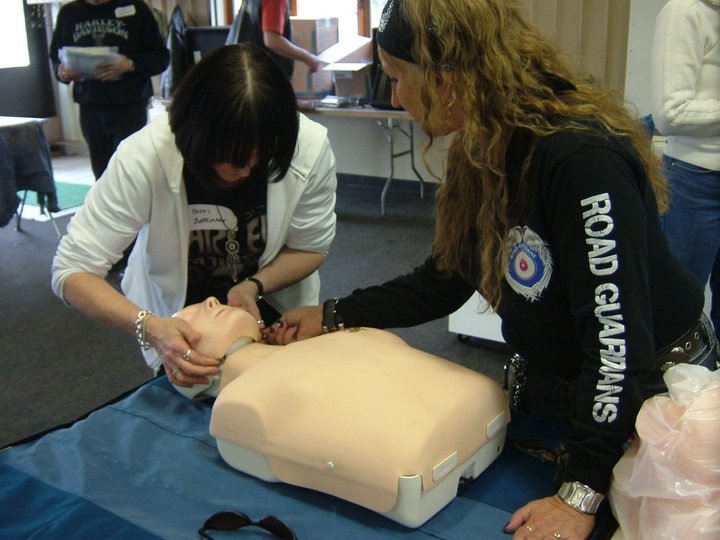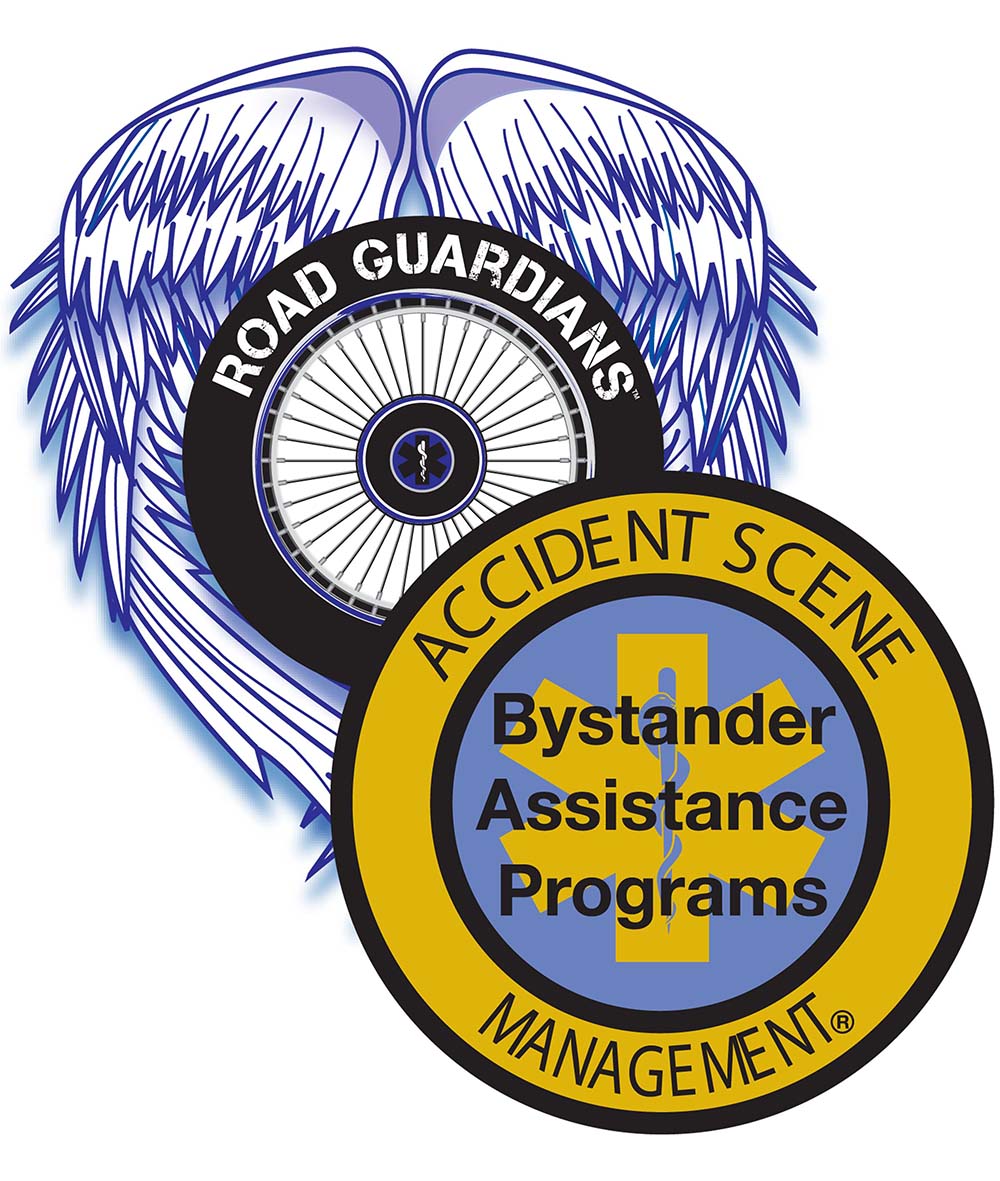
Our ASM curriculum has been carefully thought out. Our curriculum has been peer-reviewed and accredited by Healthcare professionals including oversight by an ER physician. Through our years of experience, we have found that students often mention the immense amount of information that they are given during our class, but feel that having that information arranged into a logical order with acronyms is helpful. Stories of students who have stopped to help someone tell us that keeping things simple makes a big difference! As Instructors with medical background, we are often excited about our skills and the things we bring to the table, but adding topics does not help the student. It might even “un-empower” them or confuse them.
For instance: Teaching how to apply cervical collars is not in our curriculum, and may make a student feel as if they should invest in a cervical collar. Alternatively, when teaching the Advanced class, we teach students how to interact with EMS when they arrive. We teach them to assist by clearing the neck area in anticipation of the application of a cervical collar, or how to continue to assist with cervical stabilization while the collar is applied. That is considered a value-added skill. Showing nasal airways would NOT be value-added since we do not teach them, and the student can not help with them.
Being familiar with the curriculum and reinforcing PACT and ABCSS will help your students remember the most important things. Not sure if the skills you want to show are in our curriculum? Be sure to check our curriculum before teaching, and if you still have questions please ask. ASM covers you as long as you stick to the curriculum. Keep in mind that we are not trying to train students to be EMRs or EMTs, but to empower bystanders to act.



